January 2018
Honoring Yesterday – Protecting Tomorrow
Vol. 49, No. 1
What’s Inside
- President’s Message
- The Cost of Knowing
- Pension Facts
- 2018 Scholarships
- Save the Date Evening at the Theatre
- RESDC Ambassador Program
- Registrar of Voters
- SDCERA Board Limits Use of Excess Earnings
- SDCERA: Form 1099-R
- Save the Date General Membership Meeting
- Thank You Holiday Luncheon Sponsors
- 2017 The Year in Review
- Welcome New Members
January Calendar of Events
Thurs., January 11, 9:30am
RESDC Board of Directors Meeting
8825 Aero Drive, Suite 205
Mon., January 15
Martin Luther King Jr. Day
RESDC & SDCERA Offices Closed
Thurs., January 18, 9:00am
SDCERA Board of Retirement Meeting
2275 Rio Bonito Way, Suite 200
![]() View the NETWORK
View the NETWORK
as a printable PDF
Are you on social media?
Stay connected with us!
![]()
![]()
![]()
Quote of the Month
We can’t help everyone, but everyone can help someone.
– Ronald Reagan
President’s Message
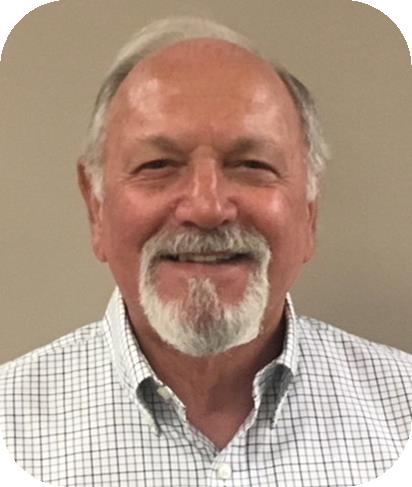
By John J. McTighe
Happy New Year. I hope you enjoyed celebrating the holidays and are ready to dive into 2018 with renewed expectations. Last month concluded my first two-year term as your President. I am grateful for all the support and encouragement from our staff and Board of Directors, and especially from you, our members. Together we have contributed to the success of an organization that we can all be proud of. As I did last year at this time, I want to devote this column to looking back at RESDC’s events and accomplishments of 2017.
This past year, we continued to rotate our membership activities around the County to give everyone living in San Diego County an opportunity to attend at least one RESDC event. We held three General Membership Meetings, starting with one in Escondido in February featuring a presentation about AARP Foundation Experience Corps funded program run locally by the Children’s Initiative providing an intergenerational volunteer-based tutoring program for disadvantaged children. We also had a very informative presentation from our own Technology Manager Liz Silverman on social media. Those in attendance came away with a much better understanding of what social media is and how to use it.
Our next General Membership meeting was held in April at the Serra Mesa Library, close to the RESDC office and the center of the County. That meeting featured a presentation from Jill Swaim about the Road Scholar program and a presentation by Larissa Wilmert, one of the RESDC-affiliated lawyers who provides RESDC members with discount living trust planning.
Our third General Membership meeting was in Chula Vista in August. We heard from Shelita Weinfield, the new President of Alzheimer’s San Diego, about the programs offered locally for those affected by this devastating disease. We also had a presentation from Martha Rañón, from Southern Caregivers Resource Center about the respite services they offer for caregivers.
This past year I, along with our Executive Director Mark Nanzer, initiated a series of “Meet and Greet with RESDC Leadership” events that provide members an opportunity to meet with Mark and me in an informal setting to discuss issues of interest to the members. We held our first Meet & Greet at our office in San Diego, and the other two in El Cajon and Chula Vista. I believe all those who attended came away with a much better understanding of RESDC and the issues facing us as we continue to be the prime voice for retired San Diego County employees.
In April, we held a special forum for members to meet the candidates for Board of Retirement Retired Member and Alternate Retired Member seats. As it turned out, there was only one candidate for both seats and we were pleased to hear from incumbent Retired Member Skip Murphy and Alternative Retired Member candidate Susan Mallett, RESDC past President. Susan has moved into the seat held for many years by Alternate Retired Member Jim Feeley. I will miss Jim’s dedication and service, but am excited that Susan has accepted the responsibility of this very important role.
We held our annual Flag Day Luncheon in La Mesa in June and our Health Fair Picnic at Admiral Baker Field in October. In addition, we were at the North Inland Live Well Center in Escondido in October for our third annual “Coming Home” event where we were greeted by the County’s newest Supervisor, Kristin Gaspar, and heard about the County’s public health from Chief Medical Officer Dr. Nick Yphantides, MD.
On a purely social note, we started a new annual event of “RESDC Evening at the Theatre” by attending a play at Cygnet Theatre in Old Town in March, and held our annual “RESDC Day at the Padres Game” in August.
We wrapped up the year with our very popular RESDC Holiday Luncheon at the Bahia in December at which we were entertained by the California Note Catchers and our own former Chief Administrative Officer Walt Ekard. We conducted a little business (this is our “annual meeting”), and had a great meal with good friends. Many of those in attendance went home with prizes won in the opportunity drawing.
We continued the tradition of awarding six scholarships to deserving relatives of RESDC members. I’m grateful to the County Board of Supervisors and especially to Chairwoman Dianne Jacob for allowing us to make formal presentations of the scholarships at a Board meeting in June.
Last year at this time I wrote that our Board of Directors had adopted an advocacy plan that is intended to guide our board and staff in dealing with national, state, and local elected leaders, staff, and the media on issues affecting retirement income security in the future. This year I’m pleased to report that we have been moving forward with that plan. Mark Nanzer and I have met with several of the state and national elected representatives from San Diego County over the past year. I’m pleased to hear that one of those, State Senator Toni Atkins, has recently been selected to be the next President Pro-tempore of the State Senate. In addition, this past year I co-authored two opinion pieces with my counterpart from the City of San Diego Retied Employees Association, Jim Baross, that appeared in the San Diego Union Tribune.
I can never publicly thank enough our Board Members and staff for all that they do to make RESDC the best organization of its kind. They work tirelessly and with great dedication. If you ever get the chance to interact with any of them, please let them know how much you appreciate what they do so that your membership has value. ◾
The Cost of Knowing
By Stan Coombs, Director
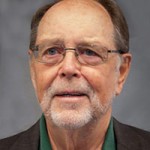 Higher education is a good thing, plain and simple. It was good for retirees who managed to get it, and it’s good for our children and grandchildren now. It leads to better jobs, and nearly doubles career income expectations. And, best of all, it teaches us to think. But, educational costs are another matter, and the stresses and long, unforgiving commitments often required to access the needed funds have reached a whole other level.
Higher education is a good thing, plain and simple. It was good for retirees who managed to get it, and it’s good for our children and grandchildren now. It leads to better jobs, and nearly doubles career income expectations. And, best of all, it teaches us to think. But, educational costs are another matter, and the stresses and long, unforgiving commitments often required to access the needed funds have reached a whole other level.
The number of American student loan borrowers increased nearly 60%, to 44 million between 2006 and 2015, based on a New York State Comptrollers Analysis of 2015 Federal Reserve Figures. Total debt for those 44 million student borrowers rose to $1.3 trillion the next year, averaging about $37,000 per loan. That total is almost 200% more than in 2006, and includes $32.6 billion in new delinquent balances plus $31 billion in seriously delinquent balances (more than 90 days overdue).
The 153.1% growth of total student borrowing between 2006 and 2015 becomes particularly startling when compared to the growth of overall U.S. household debt, up 8.4% over the same period, including increases of 29.6% in auto loans over the decade, 0.4% in mortgage growth, and -4.3% and -5.5% reductions in “other debt” and credit cards.
Loans from the Federal Family Education Loan Program and William D. Ford Federal Direct Loan Program made up about 80% of all federal student loans, and 72% of all public and private sector loans for higher education purposes, in 2014-15, according to the report. Borrowers must begin repayment within six months of completing a degree or dropping below a half-time class load.
Student loan obligations can last a lifetime, and are notoriously difficult to discharge, even through bankruptcy. Specific requirements must be met. Legal representation is required to convince judges of “undue hardship,” which means proving a hard-pressed borrower couldn’t otherwise maintain a basic standard of living, that the hardship would last for much of the repayment period, and that the borrower had honestly tried to pay the loan back.
Lendedu, a free, online marketplace for student loan refinancing, publishes an interesting “state ranking” of student debt. Analyzing data from more than 1,300 public and private colleges within the United States in 2015, they found average student debt to be about $28,400, and six of ten graduates indebted as much as $86,262. Pennsylvania had the highest average debt per student borrower, $35,185, and 69% of graduates with student debt, and Utah with the lowest average student debt, $18,810, and 39% of graduates with student debt. California was reported to be in 49th place, with $22,488 average debt per borrower, and 53% of graduates indebted.
How is it that loans are required for college nowadays? Retirees may remember tuitions of a few hundred dollars a semester at state schools, several thousand at bigger name schools.
According to an Issue Brief from the Center on Cultural, Organizations and Politics, in Berkley, between 2005 and 2014 University of California in-state tuition increased 114%, and 134% at California State Universities, and fees per unit increased 80% at California community colleges. Depending on which commentary one reads, these increases are the result of reduced state funding, some increases in state funding but insufficient to meet inflation-adjusted costs, increased spending by colleges on bond-funded amenities, and excessive administrations.
And, then there are college construction costs. The Berkley Issue Brief also notes that despite prior tuition increases and low interest rates, University of California growth in borrowing increased spending on interest payments per student by 21%, to $42,078 annually, and by 82%, from $265 to $479 per student annually for California State Universities.
What does all this mean for the individual student? A well-written article in the Boston Globe, “The College Debt Crisis Is Even Worse Than You Think,” describes a not atypical situation. An accepted, very low-income student applicant receives a financial aid award letter, indicating that the “expected family contribution” would be zero, and then various grants are awarded totaling nearly $30,000 a year. But tuition, room and board, and fees ultimately total $53,120, leaving the student’s family with a $23,120 annual nut to crack. That’s more than $100,000 over four years, not counting interest, for a degree from a college whose median annual salary for alumni ten years after enrolling may be $32,700.
Perhaps the darkest side of the picture is being degreeless and in debt. According to the Boston Globe article, about 19% of full-time students in public universities, and about 36% of students in state “flagship” universities, graduate in four years, which means 81% of public university students and 64% of “flagship” university students don’t. But student loan payments eventually come due, and college credits without a degree don’t help income levels much. The Globe article reports median earnings for Boston residents with a high school education was $29,000 in 2016, those with some college units but no degree made $32,100, those with Associate degrees earned $37,400 and with a Bachelor’s degree, $52,000.
Whatever happened to “working your way through college?” ◾
Pension Facts
The Public Pension Tug-of-War: Part 3
Public Pension Stewardship – Stretching to Find Balance in Pension Debate
Pension Facts at a Glance
$11.4 Billion
SDCERA assets under management on June 30, 2017, an all-time high.
By Chris Heiserman, Director
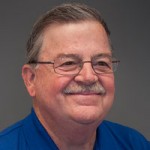 It’s impossible to miss the constant drumbeat in major California media markets decrying the alleged budget-busting fiscal catastrophe looming because of public pensions. Luckily, there are reasonable sources of more objective and balanced information about public retirement plans available. You just have to know where to look – and who to believe.
It’s impossible to miss the constant drumbeat in major California media markets decrying the alleged budget-busting fiscal catastrophe looming because of public pensions. Luckily, there are reasonable sources of more objective and balanced information about public retirement plans available. You just have to know where to look – and who to believe.
Obviously, one place not to expect balanced coverage on the pension front is the San Diego Union-Tribune, which published an editorial in early December again warning of a “pension tsunami” and “massive wave of red ink” allegedly bearing down on California’s state and local governments. To support this nightmarish fiscal forecast, the editorial board relied on an October study by the Stanford Institute for Economic Policy Research (SIEPR), a non-profit think tank with an obvious bias against traditional defined benefit public pensions. SIEPR reports are notorious for using the most conservative possible assumptions and investment earnings rates to make public retirement funds seem unreasonably costly, and thus in their opinion “unsustainable.”
Much more objective analysis and statistics on the current health and future viability of public pension systems throughout the United States are readily available. Some of these sources are actually non-profit trade associations providing a wealth of good background information, comparative data and educational materials to retirement plan sponsoring agencies, retirees themselves and the general public. The missions of these research and policy organizations also include addressing broader fiscal issues pertaining to an aging population; for example, they address the very real and growing economic and social crisis embedded in the woeful lack of adequate retirement savings by American families.
The gold standard for excellent non-partisan information on retirement issues is the Center for Retirement Research at Boston College (http://crr.bc.edu/). The New York Times recognizes it as the “nation’s leading center on retirement studies…” In an October, 2017 briefing paper the Center analyzed the Federal Reserves’ 2016 Survey of Consumer Finances (SCF). The SCF provides data on retirement savings in both 401(k) account balances and household savings in Individual Retirement Accounts (IRAs), which are mostly rollovers from 401(k)s. The Center report reemphasizes the bleak savings picture facing the nation, bottom line being that savings of working households nearing retirement will fall well short of providing an adequate ongoing income stream, and that about half of all households have no savings at all.
The National Conference on Public Employee Retirement Systems (NCPERS) is a large trade association tasked with promoting and protecting pension funds. However, it prepares and publishes meaningful information that offers perspective and balance to critics who argue that public pensions are under-funded and cannot satisfy their benefit promises. In a November, 2017 research paper NCPERS found that state and local pension funds have consistently met their obligations over the past 25 years and there is no reason to believe they cannot continue to meet them in the future. The study can be found on the NCPERS website:
http://www.ncpers.org/researchpubs.
The National Institute on Retirement Security (NIRS) located in Washington, D. C. is a non-profit research and education organization that seeks to foster an understanding of the value of a secure retirement for employers, employees and the broader economy. In a February, 2017 report, “Americans View of the Retirement Crisis and Solutions,” NIRS presented results from a nationwide opinion survey that found Americans across party lines were deeply worried about their economic security when they stop working. This paper can be found on the NIRS website: http://www.nirsonline.org/.
Another source for background information, research studies and opinion on many fields, including retirement issues, is Pensions & Investments – The International Newspaper of Money Management: http://www.pionline.com/. The Pensions & Investments website is much like a bulletin board of assembled items spanning a wide range of financial topics, insights, videos, webinars and events. It is a subscription service but individual articles from the site are often shared via links. Some of the material is sponsored or repeated from other sources and specific attribution is provided.
Last month I singled out a reporter who could always be counted on to blatantly attack public pensions and characterize public sector labor unions as greedy pirates raiding the government treasury. Fortunately, there are also examples of responsible, objective journalism in reporting on retirement issues in California. Michael Hiltzik writes for The Los Angeles Times, where the editorial policy on public pensions is decidedly negative; however, he brings an investigative reporter’s instincts to the challenge of describing the positions staked out by both sides in the public pension tug-of-war.
In October, 2017 Hiltzik wrote a very informative column based upon the survey cited above from the Center for Retirement Research at Boston College. His piece, “Bad news: Your 401(k) won’t give you a decent retirement,” helps inform the larger debate Californians, and all Americans, should be having over the need for a more secure future retirement. ◾
2018 Scholarships
By Carlos Gonzalez, Scholarship Committee Chair
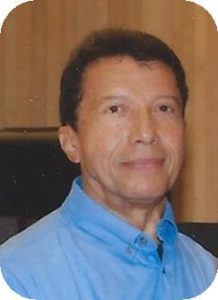
 RESDC will again offer five $2,000 scholarships to graduating high school seniors who are immediate family members of a RESDC member. An immediate family member is defined as a child, grandchild, step child, or step grandchild.
RESDC will again offer five $2,000 scholarships to graduating high school seniors who are immediate family members of a RESDC member. An immediate family member is defined as a child, grandchild, step child, or step grandchild.
Applications are available to download and print from the RESDC website at: www.resdc.net/scholarship-program. Applications are also available to pick up at our office at 8825 Aero Dr., Suite 205, San Diego, CA 92123. For questions, call the RESDC office toll free at (866) 688-9229 or email resdc@resdc.net.
The deadline this year is Friday, March 2, 2018. We are unable to accept applications postmarked after that date. Applicants will be notified of the results by the end of June, 2018.
We suggest you start this process early and coordinate your references. In the past, we have had to disqualify applications for lack of references.
All RESDC Scholarship applicants are also eligible to apply for the Theo and Evelyn Yakel Scholarship, which is available through The San Diego Foundation. To apply for the Yakel Scholarship, students should go to www.sdfoundation.org and fill out the Common Scholarship Application.
A document verifying that the sponsor is a RESDC member must be up uploaded when applying for the Yakel Scholarship through the Common Scholarship Application. Please call the RESDC office to obtain this signed document. The foundation will not accept an application without RESDC’s validation. The filing period for the Yakel Scholarship closes on February 1, 2018 at 2:00 p.m. Applicants will be notified about the Yakel Scholarship by June 1, 2018.
The San Diego Foundation administers over 100 other scholarships for which students may qualify to apply. They also provide resources for students, parents, and mentors to help navigate the scholarship process. In 2017, The San Diego Foundation awarded $2.2 million in scholarships to more than 800 students, making The Foundation the largest private non-university scholarship provider in San Diego County. ◾
Recent Events
- Win-Win: Pensions Efficiently Serve American Schools and Teachers. A new report released by the National Institute On Retirement Security finds that defined benefit (DB) teacher pension plans work for both schools and teachers, and that there are important policy reasons to continue offering these retirement plans. To access the report, visit www.nirsonline.org.
- AARP Fraud Watch Network. AARP offers this excellent service free of charge for everyone – members, non-members, and people of all ages. When you sign up, you’ll receive:
- The latest breaking scam alerts, delivered right to your inbox;
- Prevention tips based on thousands of hours of interviews with con artists and law enforcement;
- Access to free Watchdog Alerts to stay up on con artists’ latest tricks;
- You’ll learn how to shop and bank safely, create strong passwords, protect yourself from identity theft and scams, use social media risk-free, and more.
To learn more and sign up visit www.aarp.org. ◾
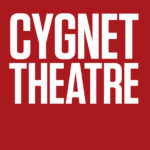 Save the Date!
Save the Date!
RESDC Evening at the Theatre
Wednesday, March 21
Save the date for our Evening at the Theatre on March 21st, when we’ll see A Little Night Music at Cygnet Theatre in Old Town. We have a limited number of group-rate tickets available at a significant discount. More information and instructions on how to purchase tickets will appear in the February and March NETWORKs. ◾
RESDC Ambassador Program
By Chuck Brown, Membership Committee Chair
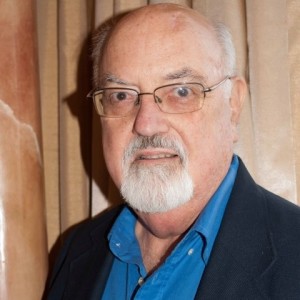 Are you interested in helping RESDC improve and grow? There are many fun opportunities to volunteer at RESDC events and activities!
Are you interested in helping RESDC improve and grow? There are many fun opportunities to volunteer at RESDC events and activities!
After a career in public service, many retirees find purpose and enjoyment in participating in a wide variety of volunteer opportunities. RESDC has often pointed out options at other organizations, but we are now launching our own volunteer program. We hope you will consider becoming more involved with the organization so that we can better serve all our members!
There are four main volunteer categories:
- Outreach – Assist at fairs, pre-retirement activities, and other outreach events where we inform non-member County employees and the community about RESDC.
- Welcome & Social Crew – Assist with welcoming new members to RESDC and helping at social events such as coffee gatherings and restaurant mixers.
- RESDC Events – Assist at events such as our Health Fair Picnic, Holiday Luncheon, quarterly member meetings, annual Coming Home event, and more. Available tasks may include: greeting, handing out programs, checking people in, helping people find seats, setting up before, cleaning up after, etc.
- CRCEA Conference – In Spring of 2019, RESDC will host a conference for the California Retired County Employees Association (CRCEA), the umbrella organization for 20 retirement groups like ours in the state. We’ll need volunteers for a wide variety of tasks leading up to the event and at the three-day conference. Help us welcome other California retirees to San Diego and ensure the event is useful and enjoyable for our visitors.
We encourage you to contact our office if you are interested in helping out with any of these volunteer opportunities: resdc@resdc.net or 619-688-9229. ◾
Bits and Pieces
Harold Cohn has self-published his book titled, The Lost Dutchmen Mine and Peg Leg Pete Mine, which is available to purchase from Amazon. Harold retired from Parks and Recreation in 2002.
Rebecca Jefferies Williamson won two journalism awards for breaking news from The San Diego Press Club and Society of Professional Journalists. Rebecca is a freelance photo journalist.
Ellen Kendall celebrated her 100th birthday in October! She retired from the position of Secretary to the Director of Personnel and currently resides at Nazareth House where she was honored with a lovely reception attended by family and friends. ◾
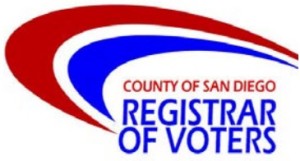 Like to Earn Extra Money?
Like to Earn Extra Money?
Registrar Offers Temporary Work Positions
By County Communications Office
The calendar says January, but it’s not too soon to think about summer vacations and trips to see the grandkids. If you could use some extra money to help pay for your getaways, here’s an opportunity for you. The Registrar of Voters is looking for former supervisors and managers to fill temporary work positions.
The department is looking ahead to the June election and preparing now for the expected increase in work load. To that end, more than three dozen temporary job positions for election supervisors will become available as soon as March.
“County retirees are the ideal candidates for these temporary positions,” said Registrar Michael Vu. “They already embody the County’s core values of integrity, stewardship, and commitment and they are used to providing exceptional service to the public in a way that meets our needs.”
The job would last approximately six to ten weeks and involve supervising temporary election workers. The position calls for skilled supervisors with a strong leadership background who can work independently. They may be assigned to oversee the call center, the front counter and early voting or the processing of mail ballots. Some data entry may also be required.
The Registrar’s office will also be hiring some 500 temporary employees to take general clerical, proofreader, assembly, or warehouse positions. These jobs pay $14.25 an hour. Pay for supervisors and translators is $17.61 an hour, and trainers $25 an hour.
All job candidates must be available to work days, nights, and/or weekends. Assignments may last one to two days, others a few weeks and some up to two months. Work could begin as early as February; some assignments end about one month after Election Day.
Part-time positions require working Monday through Thursday from 5:30 a.m. to 9:30 p.m. plus Saturday and/or Sunday from 7 a.m. to 4 p.m. Other positions may require up to 40 regular hours plus overtime.
The Department of Human Resources is already taking applications for temporary election workers. For more information, visit:
www.sandiegocounty.gov/hr, select current job postings and search for temporary election worker IV. Applications for supervisory candidates will open in January. To apply for those positions, search for election worker. ◾
SDCERA Board of Retirement Votes 8-1 to Limit Its Future Discretion on Excess Earnings
On December 14th, the Board of Retirement voted to restrict its ability to use future excess investment earnings for anything other than the retirement fund. Previously, when the fund approached or exceeded a 100% funded ratio, the Board had the option to use excess earnings to provide supplemental benefits to retirees. Retiree Board Representative Skip Murphy voted against the change, believing the board should retain its discretionary authority to address unforeseen issues many years hence when the fund approaches full funding.
Transcript of Testimony by RESDC President John J. McTighe at the SDCERA Board Meeting:
Chairwoman Jacob and Board Members, I am John McTighe, President of the Retired Employees of San Diego County.
I urge your Board to make no changes to your policy concerning Interest Crediting and Excess Earnings which has been in place in its present form for the past ten years.
The County Employees Retirement Law of 1937 clearly provides your Board the authority to exercise discretion over the earnings in excess of the targeted earnings rate. You have shown prudence in the well thought out existing policy by narrowly defining the amount of excess earnings that can be allocated in your discretion and only at a point in time when the funding ratio approaches or exceeds 100%. Even when the future benefit obligations of SDCERA are nearly or completely satisfied and the thresholds of your excess earnings policy are reached, your Board would still have the ability to apply all earnings to the fund.
Without any inkling of what the future looks like in the defined benefit retirement realm, why would you voluntarily give up this small measure of discretion? Years from now SDCERA members may have unforeseen needs that your Board or a future Board could address should they choose to under the existing policy.
There is a considerable way to go until the funded ratio reaches 90% and the possibility of discretionary use of excess earnings presents itself. I suggest in the meantime the policy be left unchanged. Thank you. ◾
Save the Date
General Membership Meeting
Wednesday, February 28, 2018
North Inland Live Well Center – Rooms C and D
649 West Mission Ave.
Escondido, CA 92025
Our program will include a presentation by ElderHelp, a local nonprofit organization that support seniors and their independence. Transportation, home safety, care coordination, shared housing, and more will be covered. Watch for more details in the February NETWORK. ◾
Mailing Dates for 2018 Electronic Deposits
Electronic Deposit Date
January 31
February 28
March 30
April 30
May 31
June 29
July 31
August 31
September 28
October 31
November 30
December 31
Retain this calendar for quick reference for the dates you will receive your electronic deposits.
 SDCERA Answers Frequently Asked Questions About Form 1099-R
SDCERA Answers Frequently Asked Questions About Form 1099-R
With tax season around the corner, here are answers to some of the most frequently asked questions about IRS Form 1099-R.
When will I receive my Form 1099-R?
SDCERA will mail Form 1099-Rs on January 31, 2018.
If I don’t receive a Form 1099-R, what should I do?
Wait until at least February 12 before you worry. If you have not received the form by then, contact SDCERA’s Member Service Center at 619-515-6800.
Why did I receive multiple Form 1099-R forms?
SDCERA is required to report distributions and retirement payments, including payments for refunds, disability retirements, service retirements, continuances, death benefits, survivor benefits and Domestic Relations Orders. A separate Form 1099-R must be issued for each payment type. For example, if you are a retiree and you also receive a continuance from a deceased retiree, you would receive two Form 1099-Rs: one for the service retirement and one for the continuance.
What if I think there is an error on my Form 1099-R?
If you think your Form 1099-R is inaccurate, contact the Member Service Center at 619-515-6800. ◾
 Sponsors of the 2017 RESDC Holiday Luncheon
Sponsors of the 2017 RESDC Holiday Luncheon
A big thank you to the people and businesses who donated prizes to RESDC for our Holiday Luncheon.
Bahia Resort Hotel
Barbecue Pit
Cygnet Theatre
Event Outfitters
Filippi’s Pizza Grotto Santee
My Senior Health Plan
Pacific Group Agencies, Steve Pettee, Agent
San Diego County Credit Union
San Diego Padres
Anne Schwartz, RESDC member
Superior Direct, Kim Ehler (our printing service)
Sycuan Casino
Western Group Agencies, Lee Cranmer, Agent
To each and every one of these donors, we extend our heart-felt thanks and gratitude. ◾
2017 The Year in Review
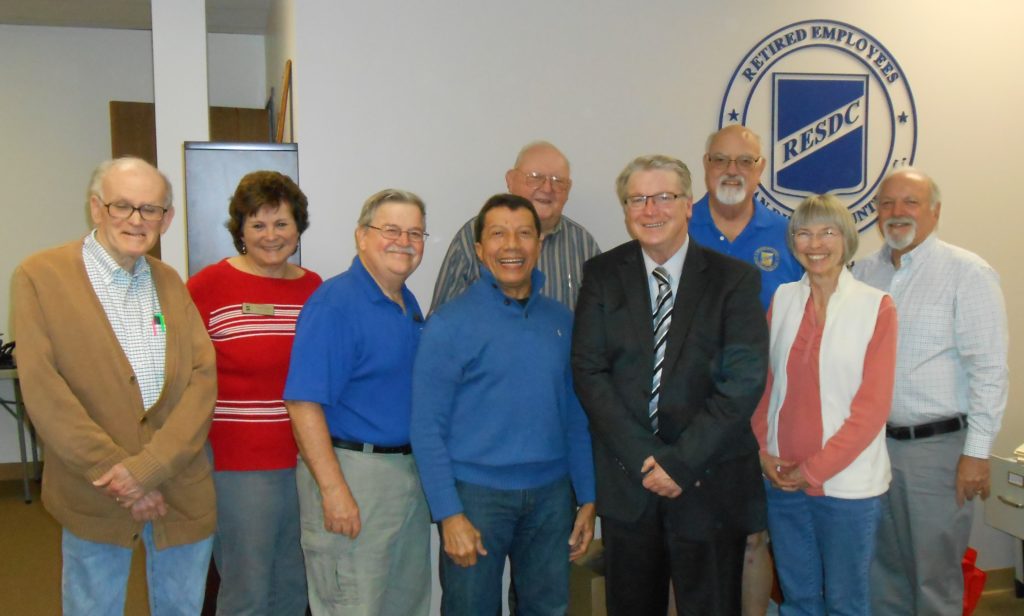
Retirement Board Trustee R.W. “Bob” Goodchild was a guest at the January RESDC Board Meeting.
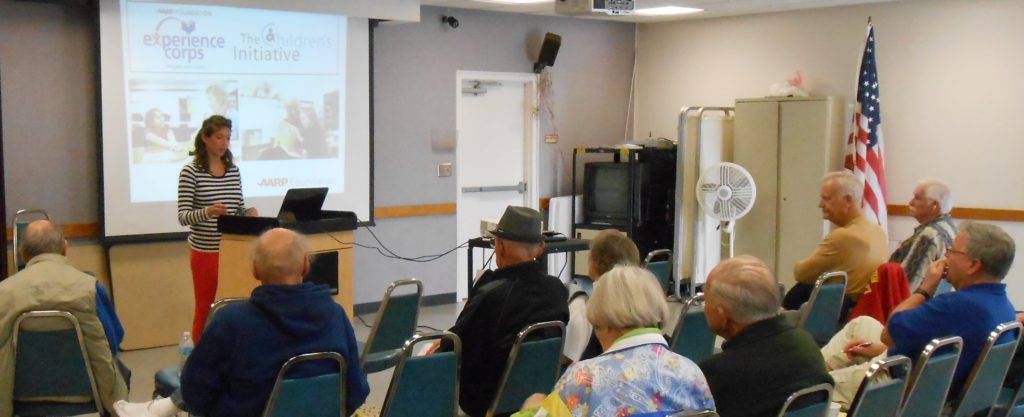
The February General Membership meeting was held in Escondido with a representative from AARP Foundation Experience Corps.
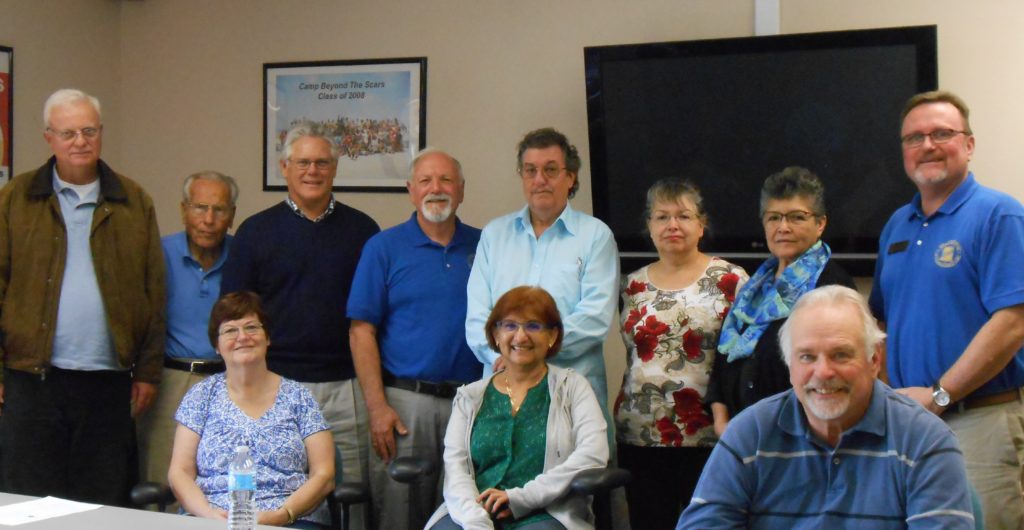
Meet and Greet with RESDC Leadership at the RESDC office.
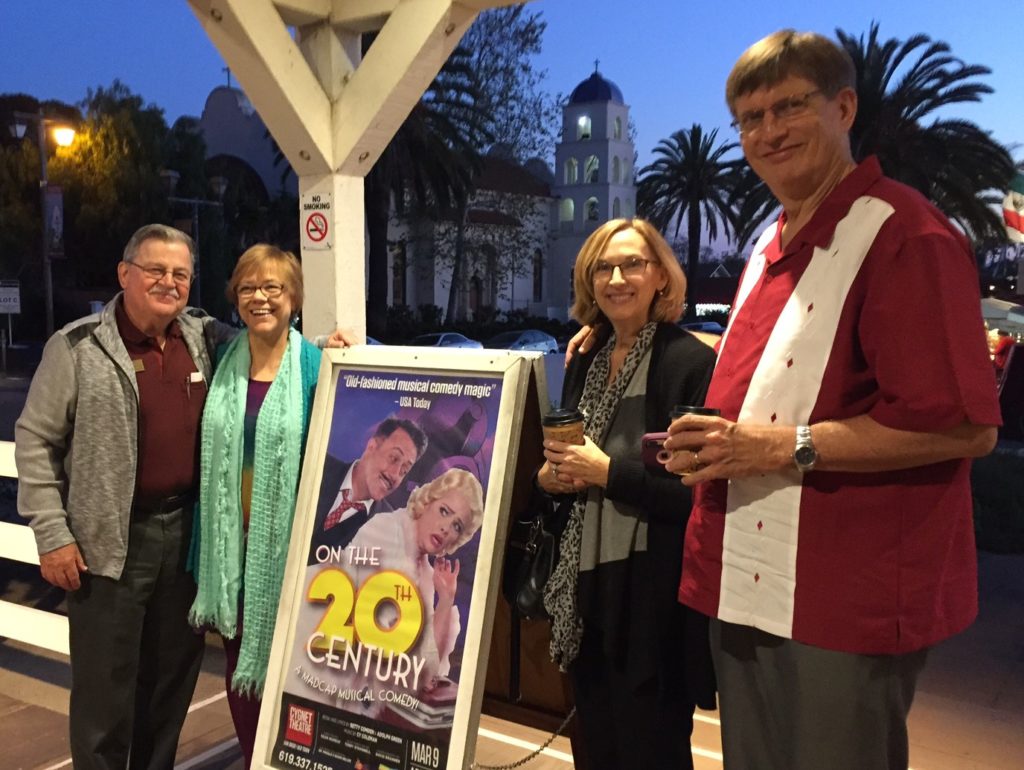
RESDC Evening at the Theatre in March.
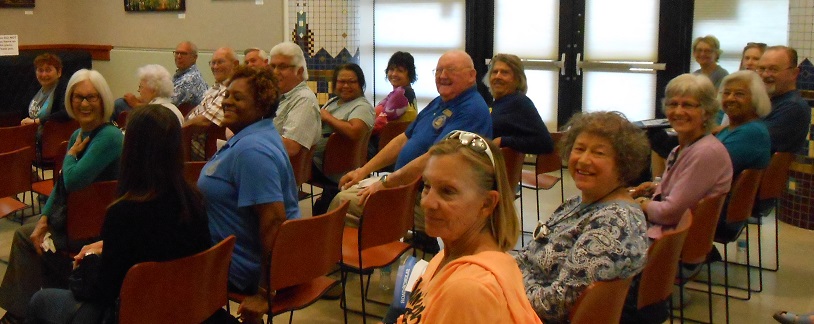
April General Membership Meeting.
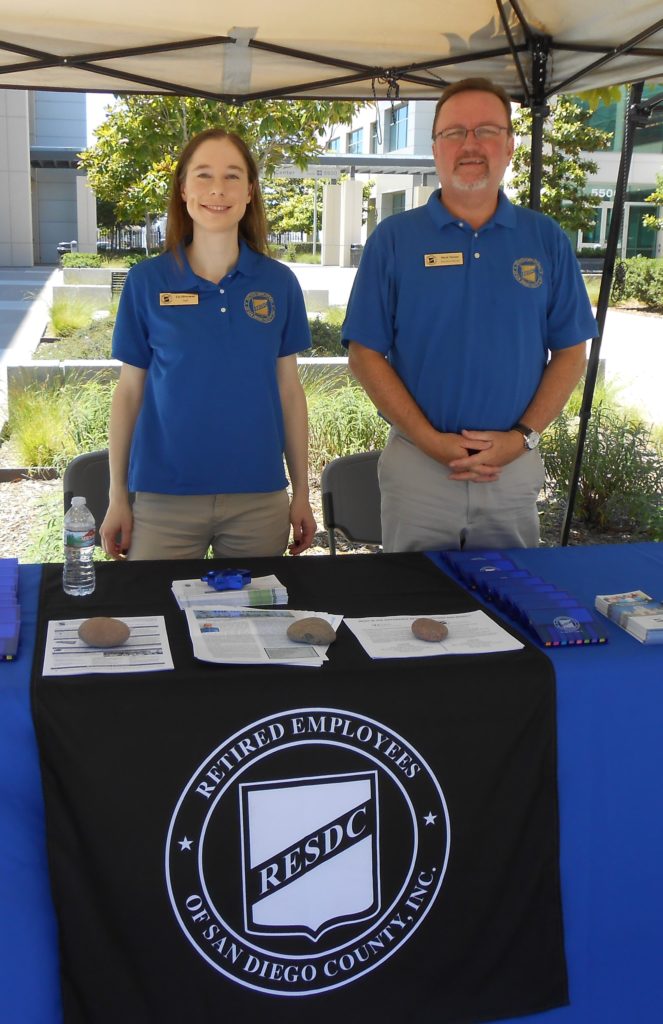
Philippine Independence Day Celebration in June at the County Operations Center.
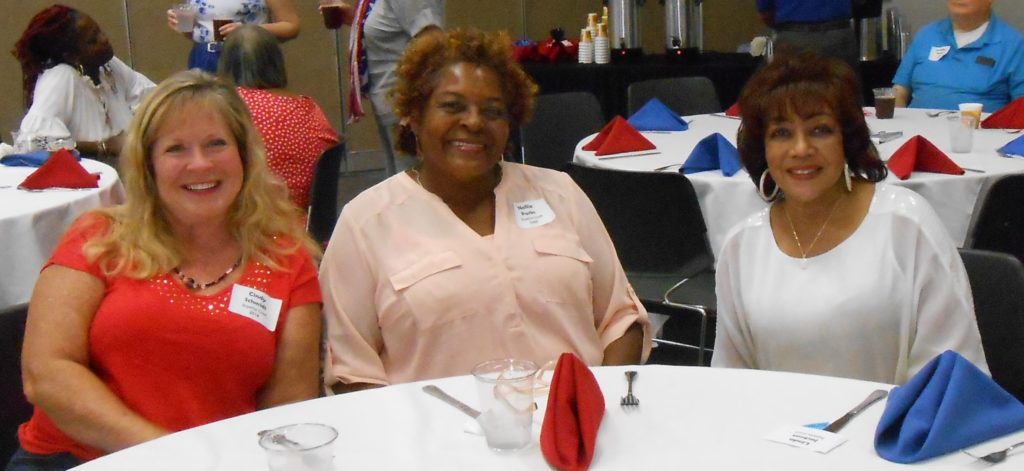
Flag Day Luncheon in June at The La Mesa Community Center.
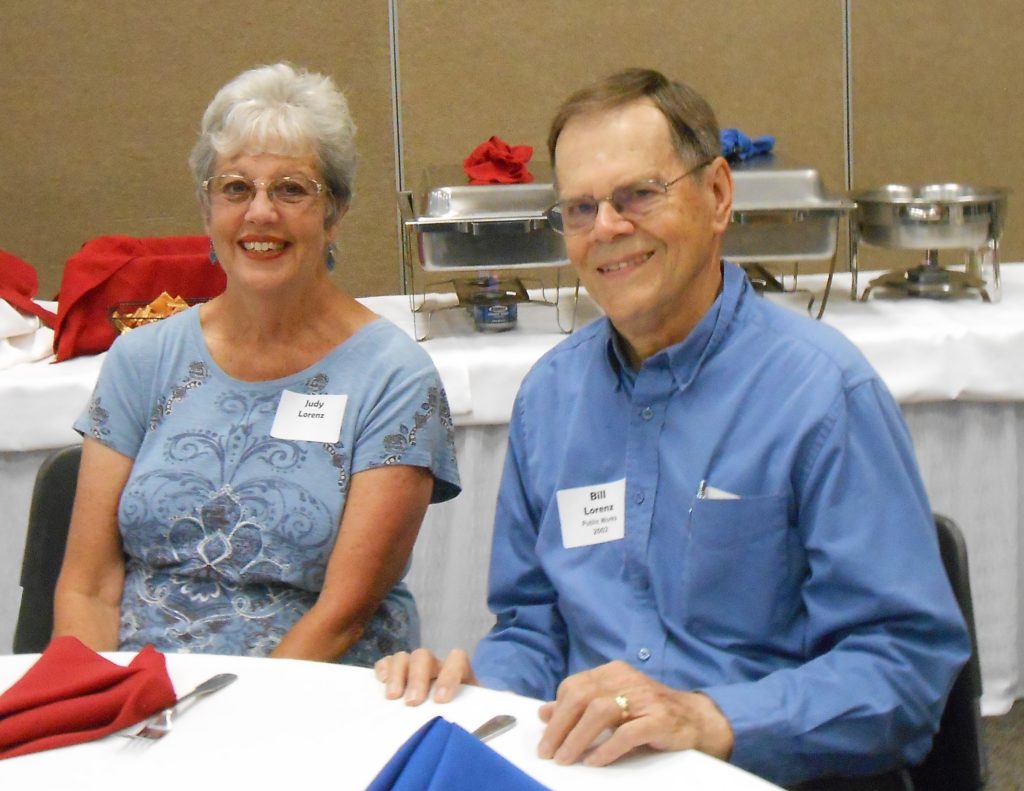
Flag Day Luncheon in June at The La Mesa Community Center.
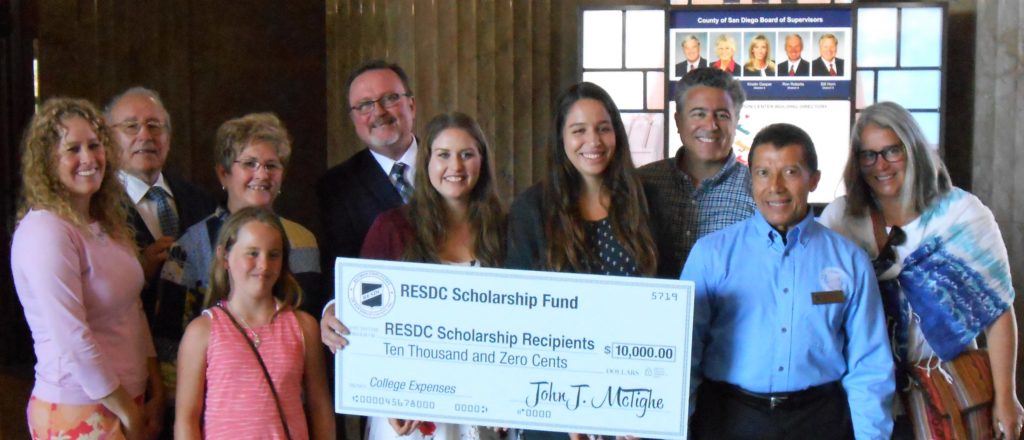
RESDC awarded six scholarships to high school seniors who are relatives of our members.
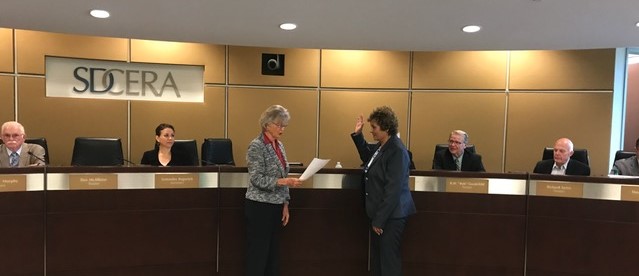
In July, Former RESDC President Susan Mallett was sworn in as the new Alternate Retiree Representative on the Board of Retirement.
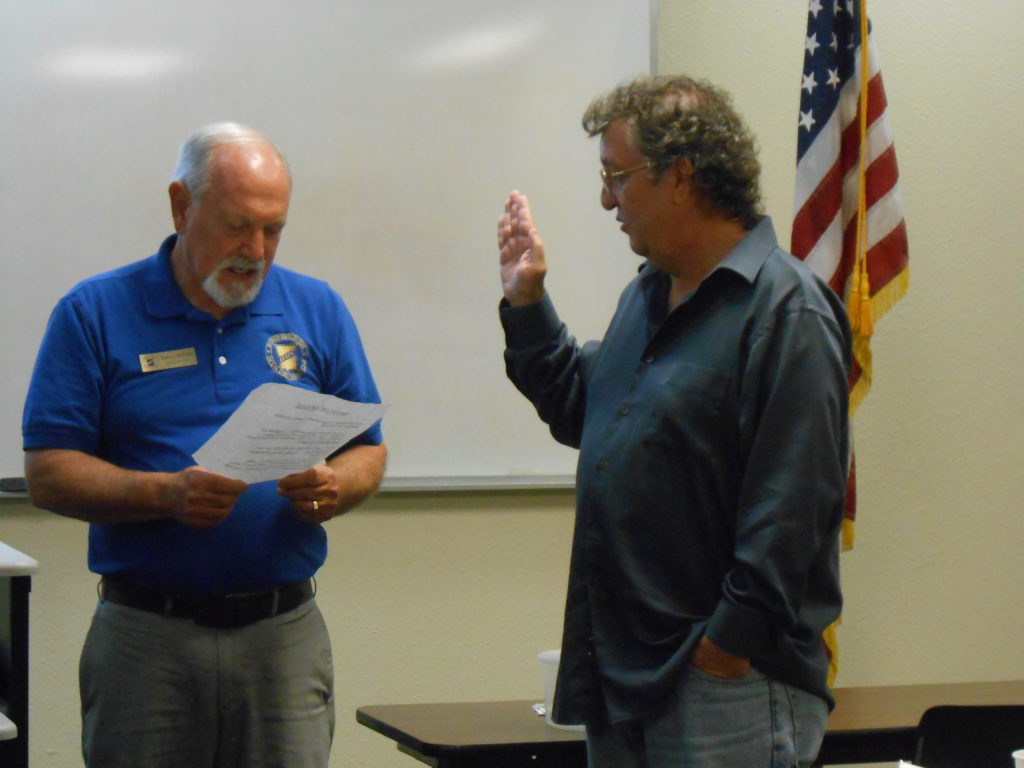
Merrill Roach was sworn in as a new RESDC Board Member in August.
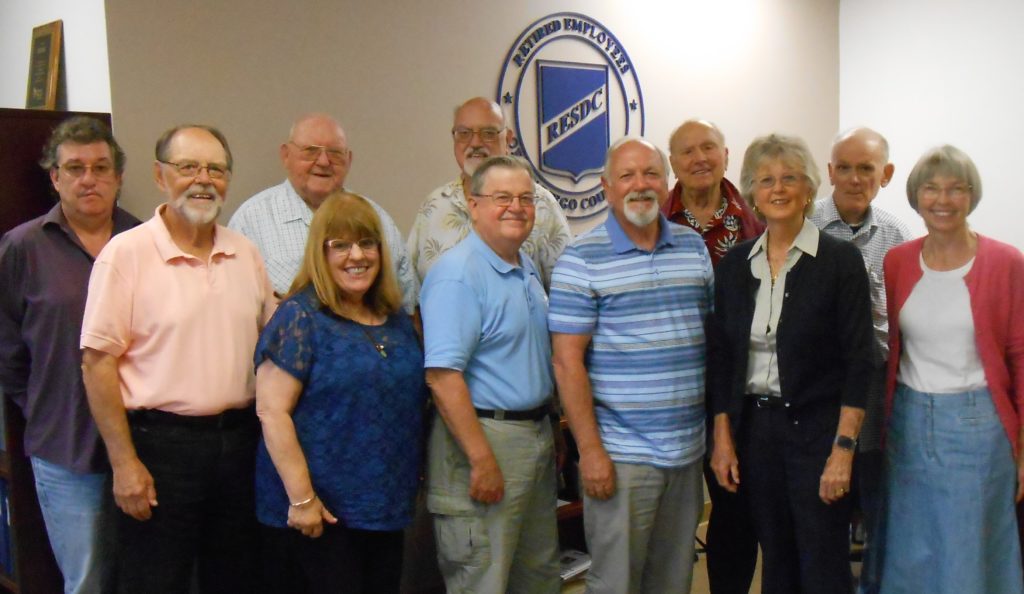
In August ,Retirement Board Trustee Dianne Jacob attended the RESDC Board Retreat.
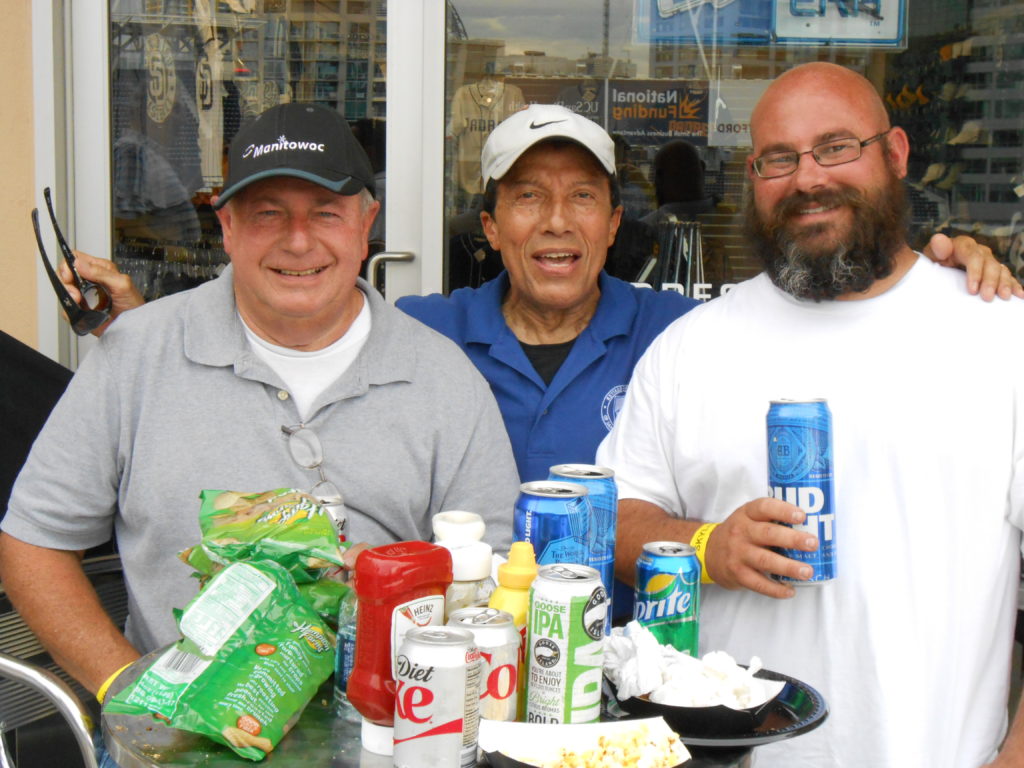
RESDC Day at the Padres Game in August.

RESDC Day at the Padres Game in August.
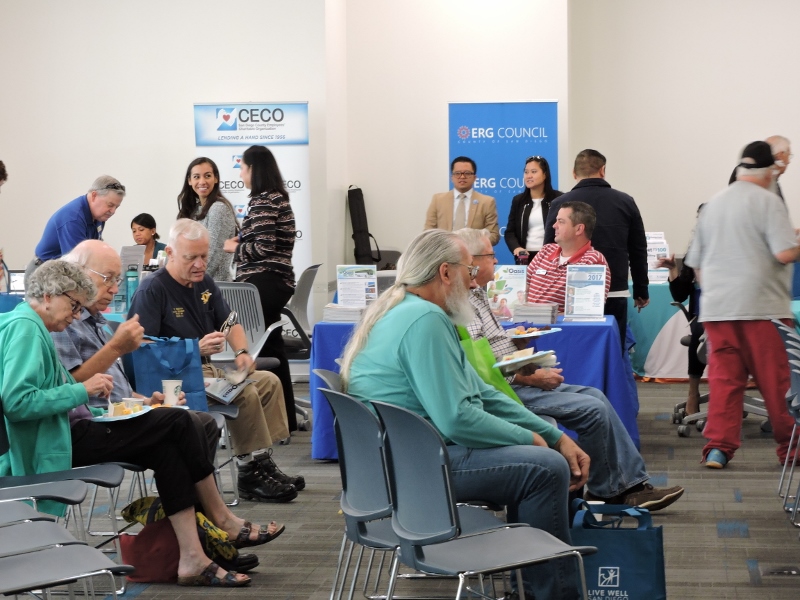
Coming Home to the North Inland Live Well Center in October.
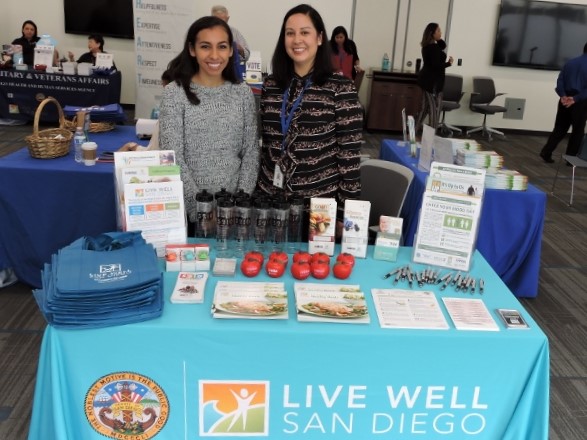
Coming Home to the North Inland Live Well Center in October.
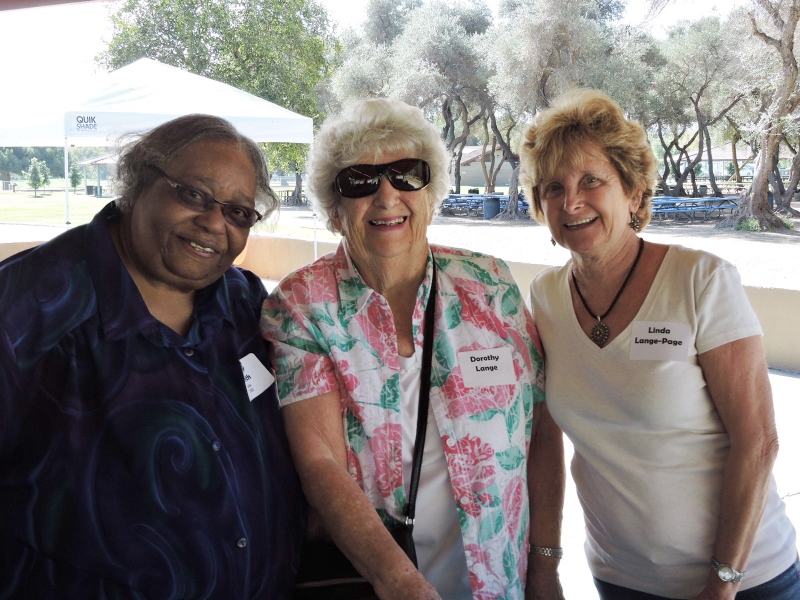
RESDC Health Fair Picnic in October.
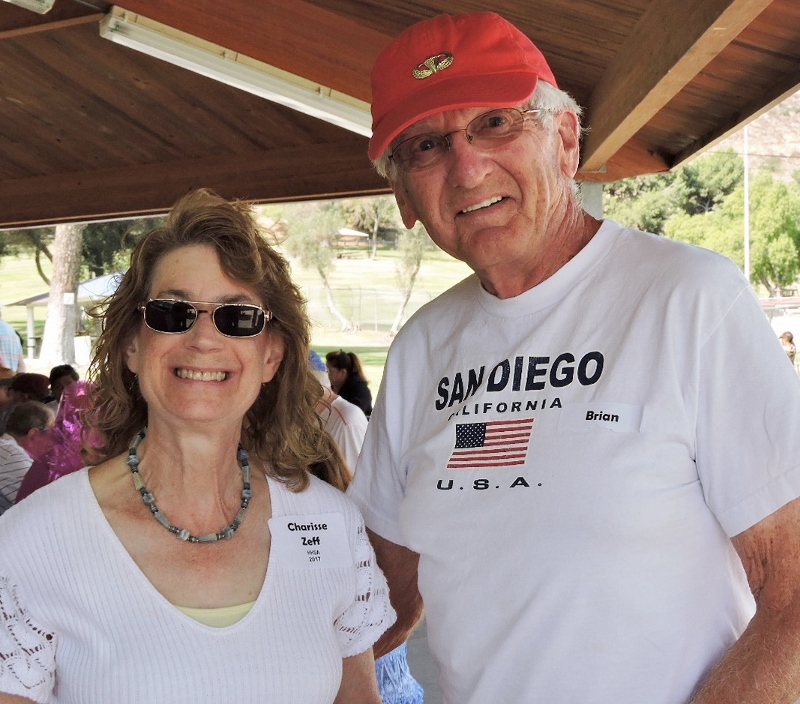
RESDC Health Fair Picnic in October.
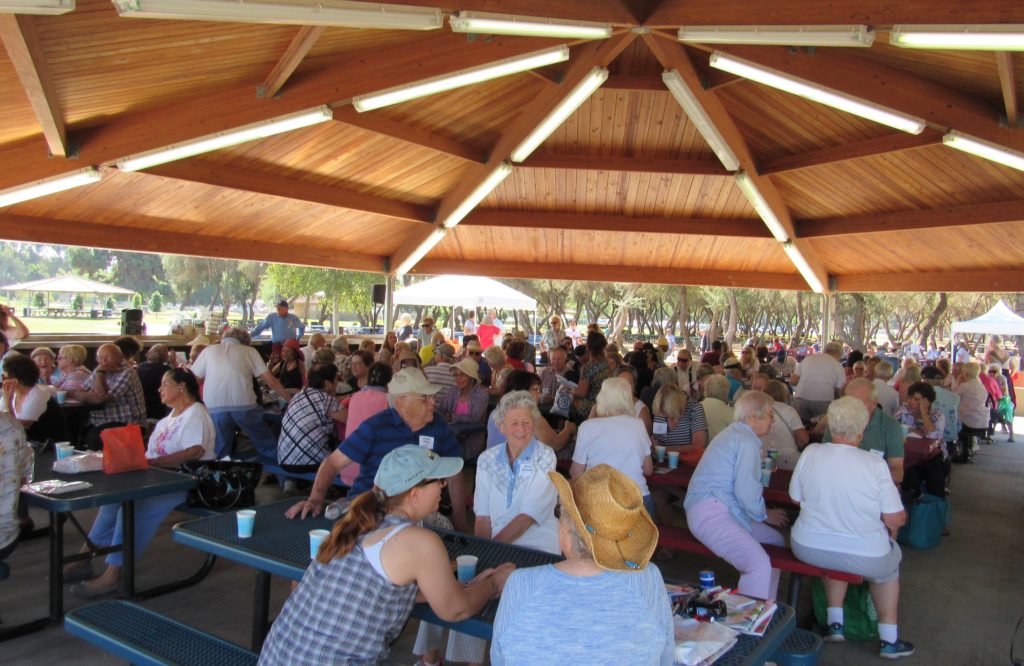
RESDC Health Fair Picnic in October.
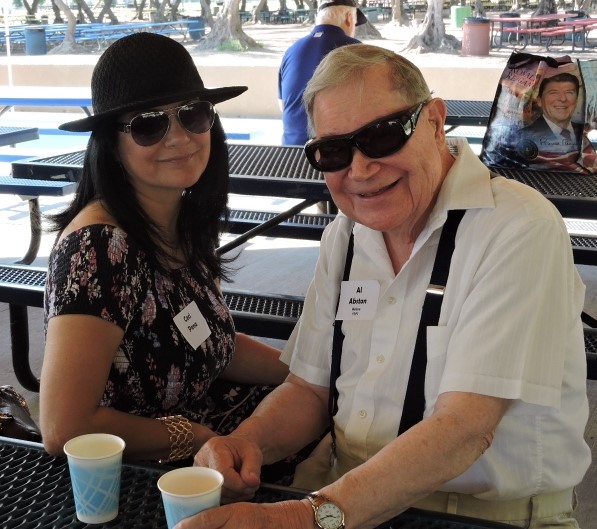
RESDC Health Fair Picnic in October.
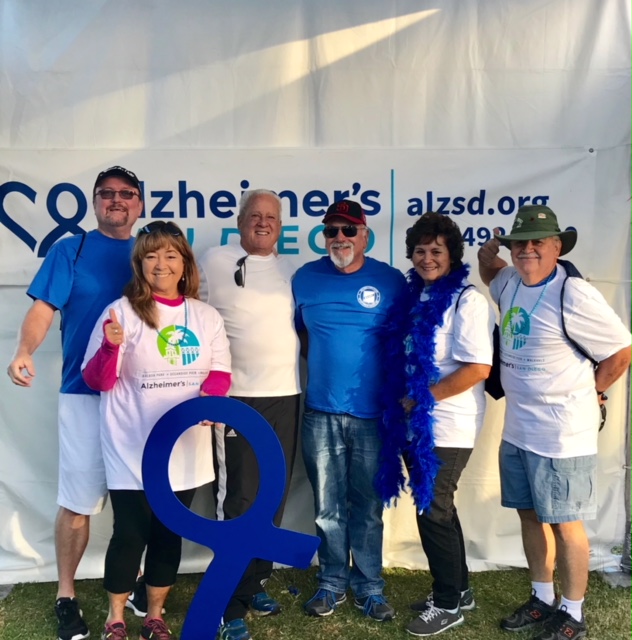
Team RESDC at the Walk4ALZ
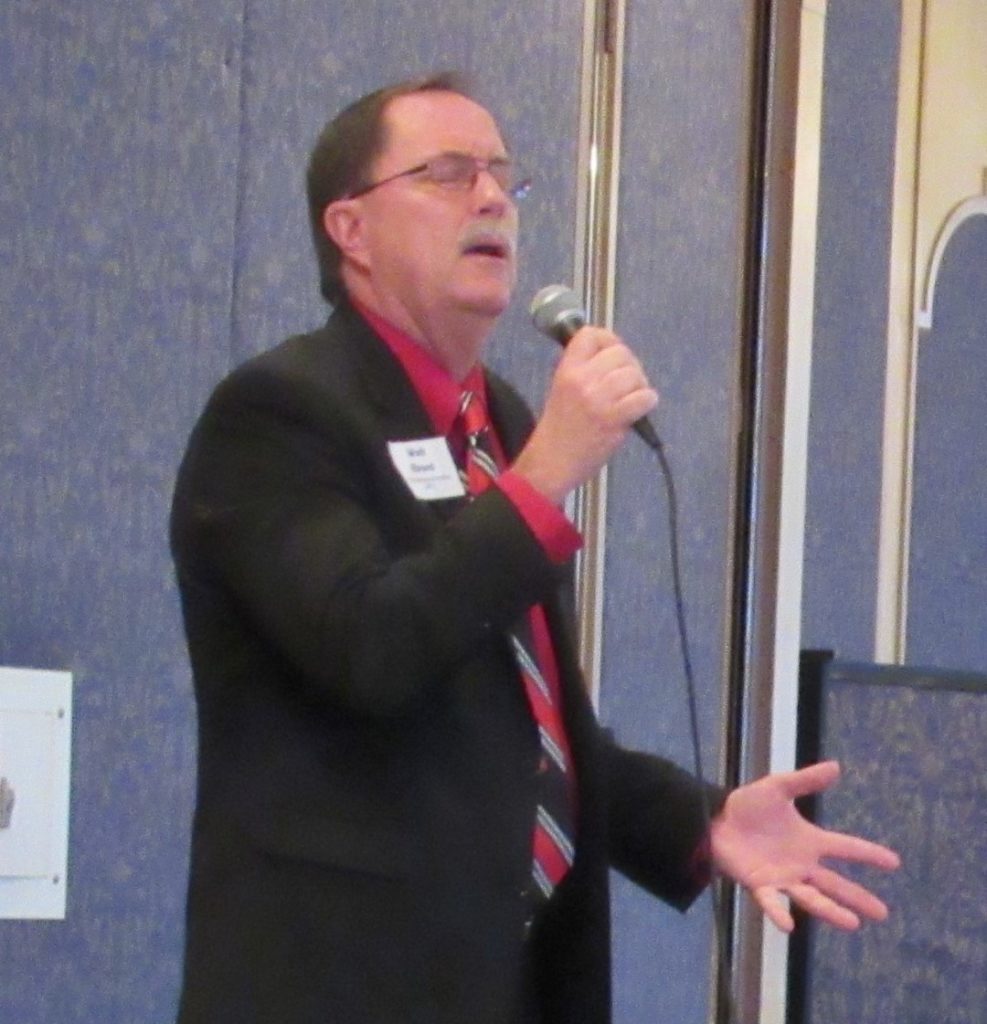
Holiday Luncheon in December.
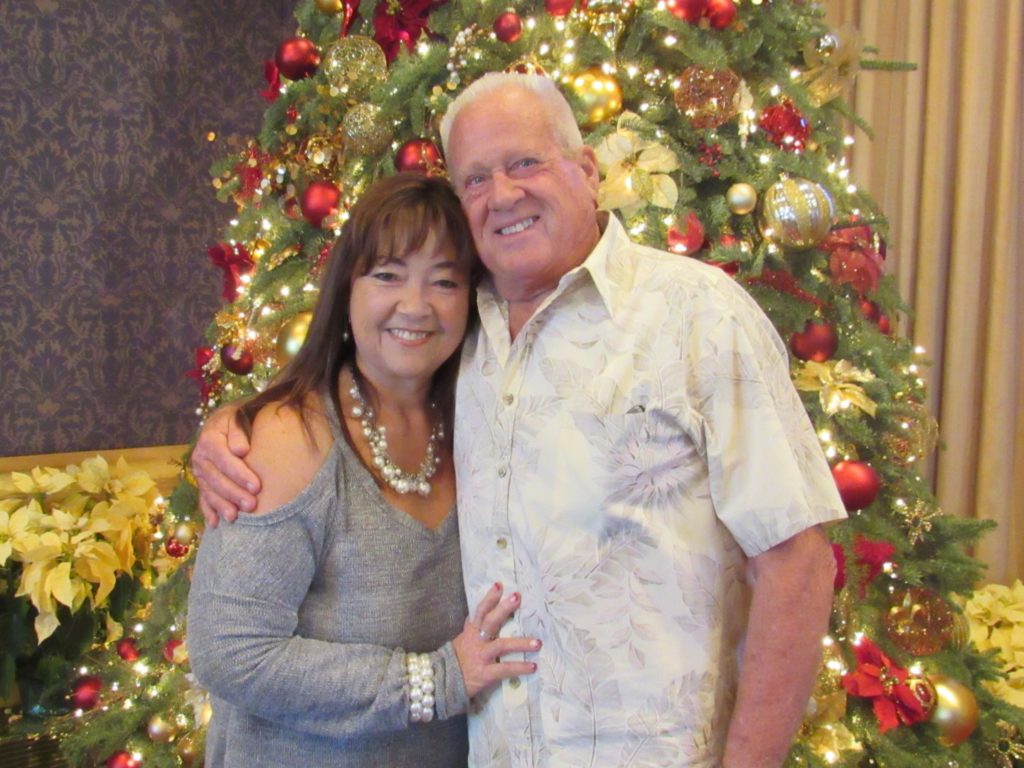
Holiday Luncheon in December.

Holiday Luncheon in December.

Holiday Luncheon in December.
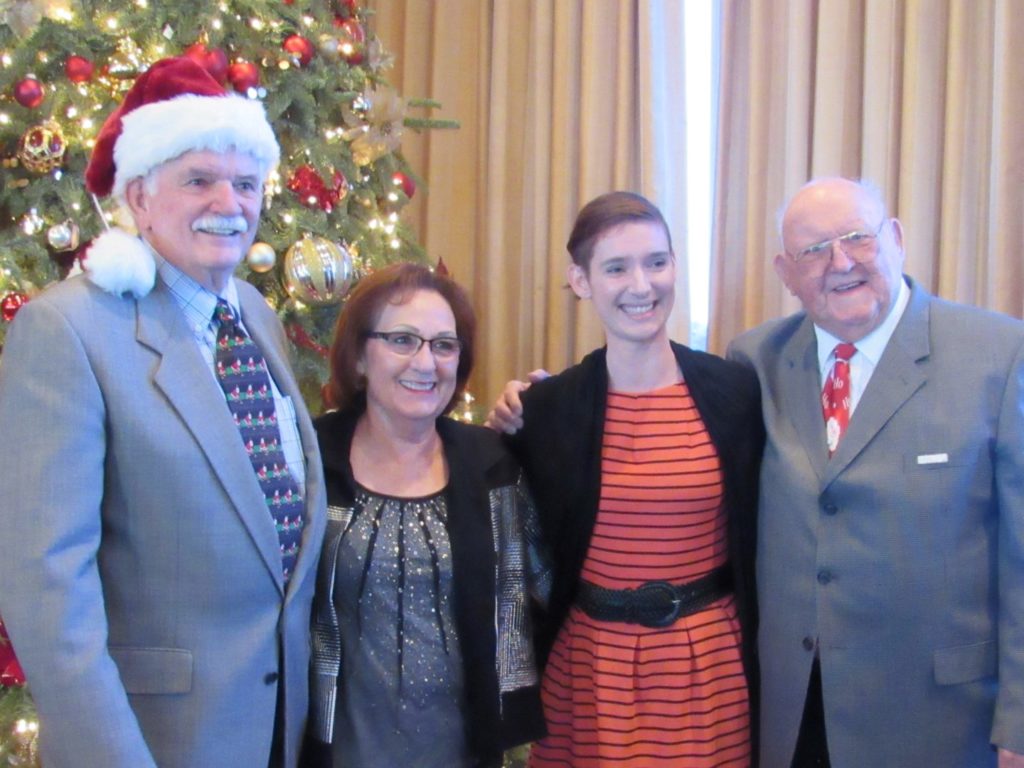
Holiday Luncheon in December.
Welcome New Members
Harry Boghossian* – Planning & Devel. Services
Norman Deak* – County Counsel
Marilyn Driscoll* – Health & Human Services
Lorna Hilberg
Robert Winslow* – Chief Administration Office
*Associate Member
The surviving spouse of a member is eligible for RESDC membership. For enrollment assistance, call (619) 688-9229.
NETWORK is the official monthly newsletter of the Retired Employees of San Diego County, Inc. (RESDC), a private non-profit organization.
The information printed in the NETWORK is believed to be from reliable sources. However, no responsibility is assumed by the NETWORK for inaccuracies contained herein.
Business and Inquiries: Business matters and address changes may be recorded on our voicemail at any time, call (866) 688-9229. Please spell your name so the correct member record can be located.
Retired Employees of San Diego County, Inc.
8825 Aero Drive, Suite 205 | San Diego, CA 92123
Office Hours: 9 a.m. to 2 p.m. Monday through Friday
TELEPHONE: (866) 688-9229 Toll Free
FAX: (619) 688-0766
E-MAIL: resdc@resdc.net

